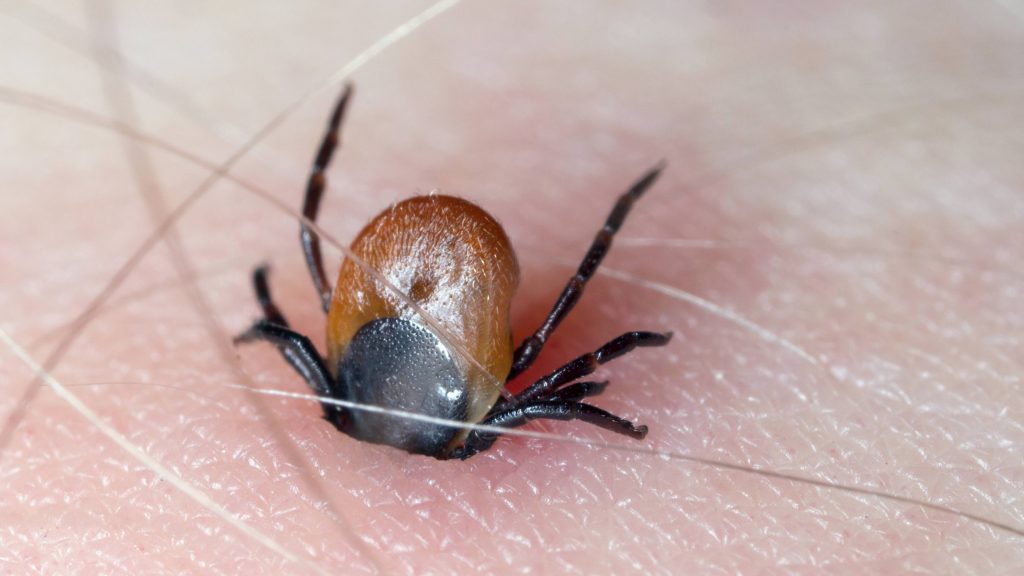-
Featured News
Infectious Diseases A–Z: Prevent illness by preventing tick bites

Ready or not, ticks are out. Lyme disease is the most common tick-borne illness, but it's not the only concern, says Dr. Bobbi Pritt, a parasitic diseases expert at Mayo Clinic. "There are other tick-borne diseases like anaplasmosis, babesiosis, Powassan virus and Borrelia miyamotoi infection, and those are just diseases transmitted by the black-legged tick, formerly known as the deer tick," says Dr. Pritt. "We have other ticks that will transmit the disease-causing agents of ehrlichiosis. Now there are new viruses, such as Bourbon virus and Heartland virus. And there is also Rocky Mountain spotted fever."
Approximately 300,000 people each year are infected with Lyme disease due to a tick bite, according to the Centers for Disease Control and Prevention. "It's the most common vector-borne disease in the Northern Hemisphere and in North America, in the U.S. specifically," says Dr. Pritt.
Watch: Dr. Bobbi Pritt discusses tick-borne illnesses.
Journalists: Broadcast-quality sound bites with Dr. Bobbi Pritt are in the downloads at the end of the post. Please "Courtesy: Mayo Clinic News Network."
"By vector-borne, we mean something that can transmit an infectious organism, be it a bacterium, a virus or a parasite, to a human. Lyme disease is caused by Borrelia burgdorferi. It's also caused by Borrelia mayonii, which we helped to identify here at Mayo Clinic."

Here are some tips to protect yourself from ticks and mosquitoes:
- When possible, avoid areas where ticks and mosquitoes are more frequently found.
- Use repellent with 30 % or more of DEET.
- Wear clothing that covers your arms and legs.
- Tuck pants into socks while hiking.
If bitten by a tick, you should:
- Remove the tick promptly and carefully. Use fine-tipped forceps or tweezers to grasp the tick as close to your skin as possible. Gently pull out the tick using a slow and steady upward motion. Avoid twisting or squeezing the tick. Don't handle the tick with bare hands. Experts don't recommend using petroleum jelly, fingernail polish or a hot match to remove a tick.
- If possible, seal the tick in a container. Put the container in a freezer. Your health care provider may want to see the tick if you develop new symptoms.
- Wash your hands and the bite site. Use warm water and soap, rubbing alcohol, or an iodine scrub







